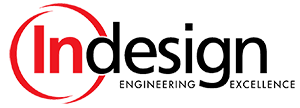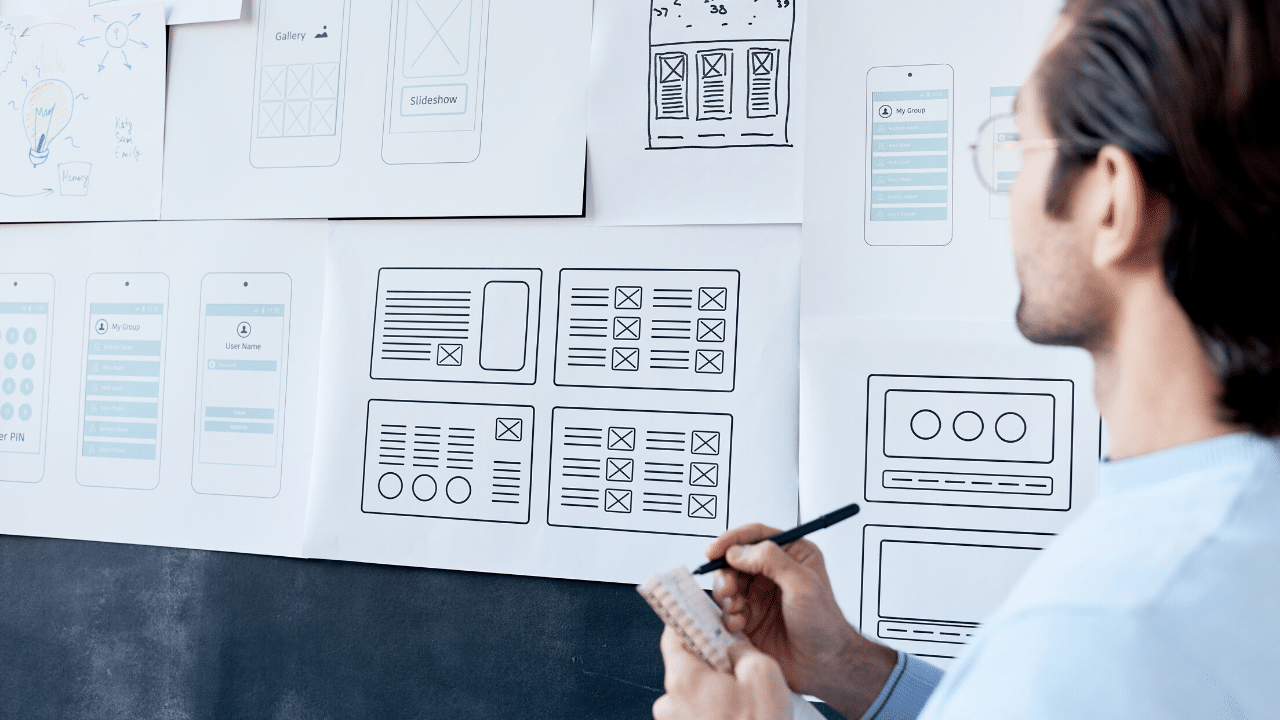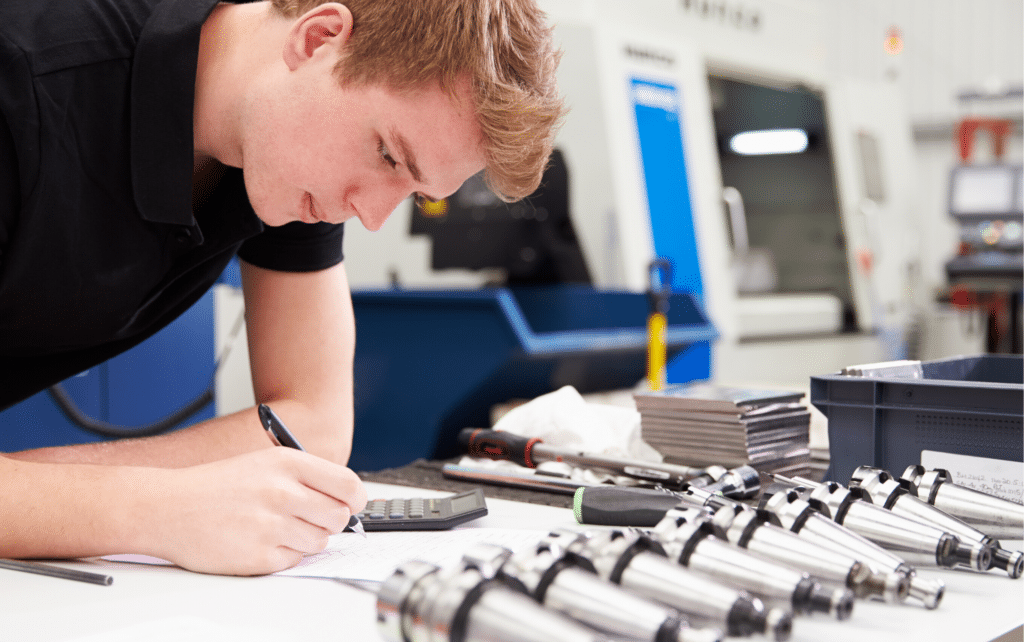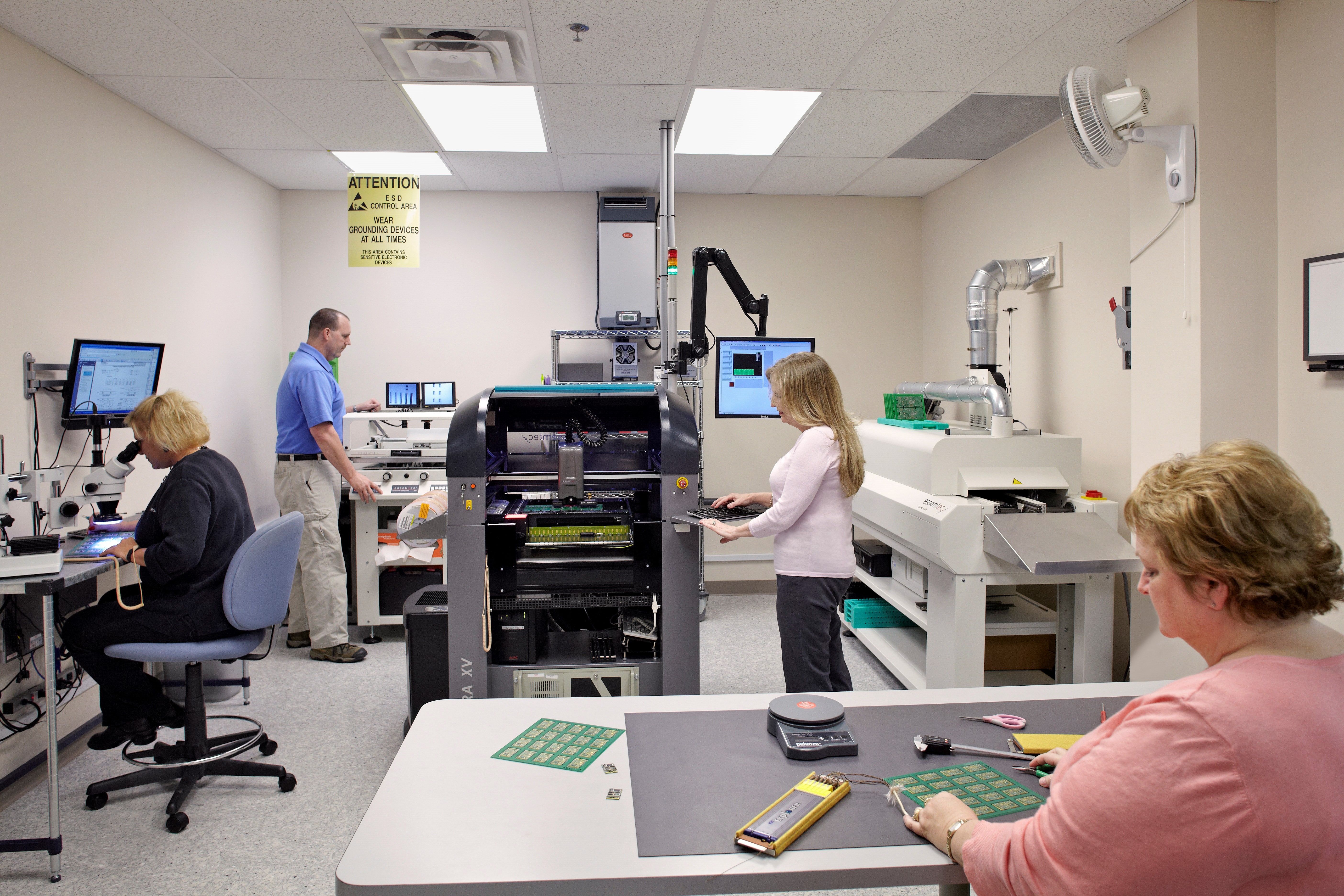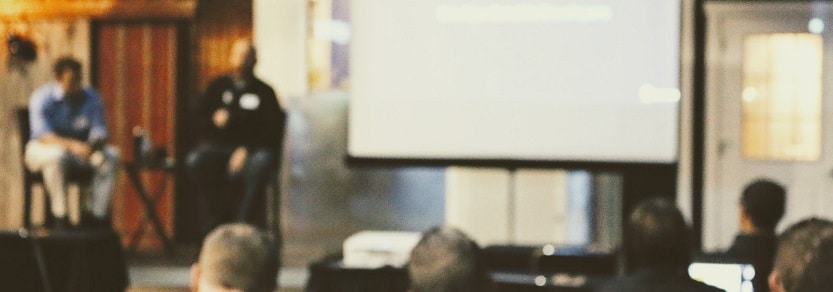Developing a new electronic product can be very challenging, especially when the product is very different from existing products or uses cutting edge technology. In order to succeed with new product development, there are some key considerations to keep in mind that will reduce the risk for the development process:
1. Development Team
The single most important factor to a successful product development is having the correct people on the development team. Those folks should have knowledge and experience in the key technologies involved, as well as previous product development experience. They need to be very effective working together as a team, as well as teaming up with the client.
2. Project Planning and Management
Every project needs to have a well-defined timeline of activities in order to ensure that the project schedule will be met and that project costs are maintained within budget. It should be clear for each member of the team which activities are their responsibility and when they need to be complete. As events occur during a project that affects the original project plan, the project team must be flexible to adjust tasks to maintain the overall schedule. In some cases, additional resources can be added to the project at critical times to overcome unexpected obstacles.
3. Product Requirements
Before any product development proceeds very far, it is critical to create well-defined requirements for the product. Well defined requirements will ensure that all critical features of the product will be implemented. Failure to identify a critical product requirement in the early phase of product development can lead to rework and schedule delays later. Generally, the development team will need to elicit requirements from the customer, since they may not be explicitly stated.
4. Architecture
The electrical, mechanical, and software architecture become the foundation for the product design, much like the foundation of a building supports the entire building. Choosing the major components for the architecture (e.g. microcontroller, software operating system, transducers, displays, etc.) will set the direction of future design activities. If a component has been selected that is not yet proven (e.g. bleeding edge technology), the entire product development can be at risk. For new technologies that are proven (e.g. leading edge technologies), it is important to enlist the support of the component vendor that provides that technology.
5. Prototype Testing
As prototypes are designed and built, comprehensive testing of these prototypes is needed to verify the design performance and testing. The development engineers (electrical, mechanical, software) can do their own design verification and testing as a start. But, ultimately the product verification and validation should be performed by an independent, internal system test team. This team can be viewed as the first customer for the product.
6. Factory Focus
It is important to have a good understanding of the factory’s processes and capabilities when creating a design for production. This will allow the PCB design and mechanical design to be adjusted to meet the factory’s capabilities and limitations. Without having a good knowledge of the factory that will manufacture the product, it may not be possible to optimize the production cost for the device.
7. Communications
Although this is the last item on the list, this is the most important factor of all! Communication between all parties is critical to the success of the project. This is communication within the development team, with the client, with the factory, with vendors, and other key stakeholders. Regular project team meetings are essential to keep everyone aligned and to resolve any obstacles or roadblocks. If the client has engineering resources to support the product development, encouraging direct communication between the client’s resources and the development team’s engineering resources is critical.
There are many other factors that can help ensure a successful product development, but the 7 key factors above seem to have the biggest impact.
Contact Our Team
Indesign, LLC is a multi-discipline engineering design firm that provides full turnkey electronic product development to allow clients to get their new product ideas into the market quickly. Indesign offers complete product development capabilities, starting with a product concept and finishing with a ready-to-manufacture design. Indesign has an ISO certified product development process and a proven track record for on-time, on-budget, high-quality product realization. To learn more about us and our services,</contact/">contact us at (317) 377-5450 today!
